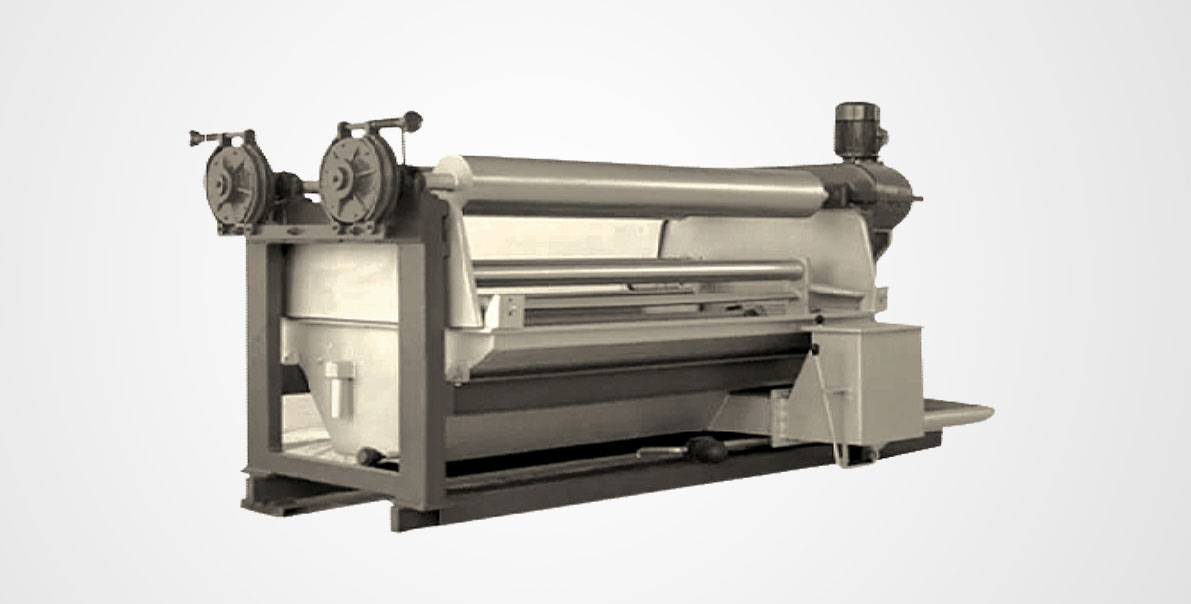
Our jigger machines are used in the textile industry for efficient dyeing and finishing processes. Engineered for durability, precision, and smooth operation.
Some wovens are conveniently dyed on jigger are,
But have limited application on fabrics which are tension sensitive such as crepes, flat crepes, knits, net fabrics and elastomeric warps etc.
Smart textile technology
Types of Jigger Dyeing Machine:
The types of jigger dyeing machine are
Working Principle of Jigger Dyeing Machine:
The jigger machines have two main rollers which revolve on smooth bearings and are attached to with a suitable driving mechanism, which can be reversed when required. The fabric is wound on one of the main rollers and fed from the other. The fabric move from one roller to the other through the dye liquor trough located at the lower part of the machine. There are various arrangement of guide rollers at the bottom of liquor trough, and during each passage the cloth passes around these guide rollers.
Smart textile technology
The concentrated dye liquor is usually introduced directly into the dyebath in two equal portions, which are added just before commencing the first and second ends. The liquor is agitated by the movement of the fabric through the dyebath. Several horizontal spray pipes are fitted across the full width of the trough in order to expedite fabric rinsing.
Live steam injected into the bottom of the trough through a perforated pipe across the width of the jig heats the liquor. Some modern jigs also have heat exchangers for indirect heating.
Covering the top of the jig minimizes the heat loss to the atmosphere, keeps the temperature uniform on all parts of the fabric and minimizes exposure of the liquor and the cloth to air. Minimizing exposure to air is important when using sulphur or vat dyes since these dyes can be oxidized by atmospheric oxygen.
A few meters of leading fabric, similar in construction to the cloth under process, is stitched to each end of the cloth batch, to allow the entire length of the fabric to pass through the dye bath during the dyeing process. When jig processing is completed, the fabric is run onto an A-frame via a nip or suction device to remove extraneous water during unloading.
Modern machines such as automatic and jumbo jiggers have full automation in drive, tension regulation and control, fabric speed and metering, smooth and jerk less stop and start, counters for number of turns, gradual and noiseless reversal, automatic temperature regulation and control etc.
Industrial jigger machines for textile processing.